Yugoslavia, as a country, issued a wide variety of postage stamps between 1955 and 1990, reflecting its diverse history, culture, and political landscape during that period. Here are some notable themes and events reflected in Yugoslav postage stamps during this time:
- Josip Broz Tito: As the leader of Yugoslavia from the end of World War II until his death in 1980, Tito was a prominent figure in Yugoslav politics. Many stamps were issued featuring his portrait or commemorating events related to his rule.
- Cultural Heritage: Yugoslav postage stamps often celebrated the country’s rich cultural heritage, featuring famous landmarks, historic sites, traditional costumes, and folk art.
- International Events: Stamps were issued to commemorate various international events such as the Olympics, World Fairs, and cultural exchanges.
- Historical Events: Important historical events within Yugoslavia, such as anniversaries of battles, treaties, and significant milestones in Yugoslav history, were commemorated on postage stamps.
- Natural Beauty: Yugoslavia’s diverse landscapes, including mountains, coastlines, rivers, and national parks, were frequently depicted on postage stamps, showcasing the country’s natural beauty.
- Political Ideals: Stamps often reflected the political ideals of Yugoslavia, such as socialism, unity among its diverse ethnic groups, and the Non-Aligned Movement.
- Ethnic Diversity: Yugoslavia was composed of multiple ethnic groups, and postage stamps sometimes featured images or symbols representing these different cultures.
- Yugoslav Wars: Towards the end of this period, as Yugoslavia underwent fragmentation and the outbreak of wars in the 1990s, postage stamps from constituent republics reflected nationalist sentiments and symbols associated with the various factions involved.
Yugoslav postage stamps from this era can provide valuable insights into the country’s history, culture, and political evolution during a period of significant change and turmoil. Collecting these stamps can be a fascinating way to explore Yugoslavia’s rich and complex past.

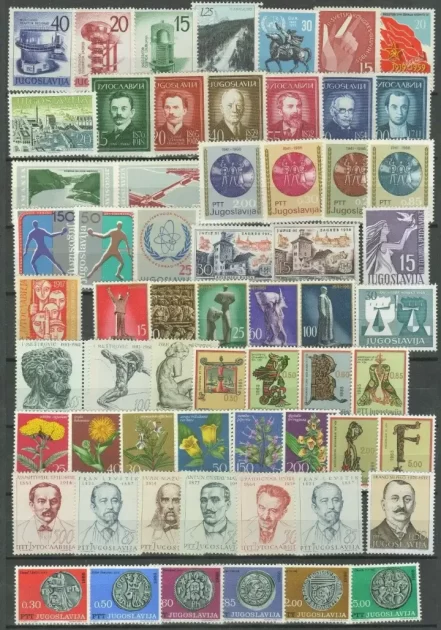
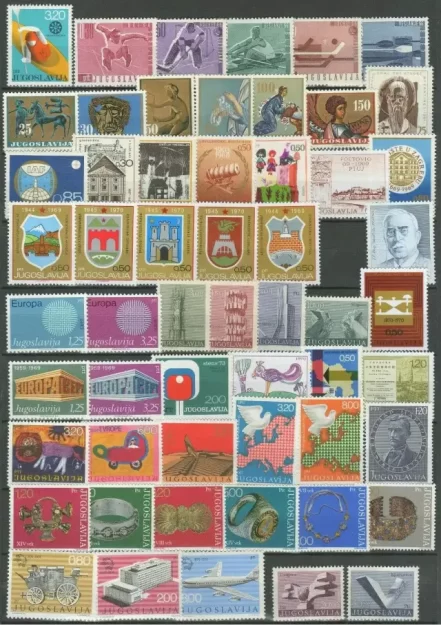

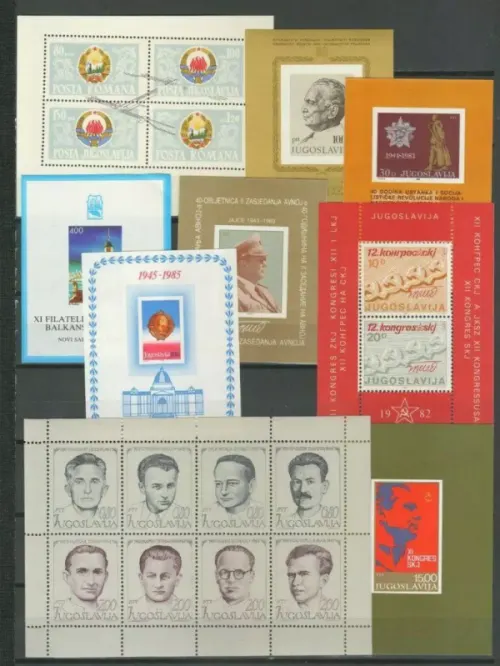
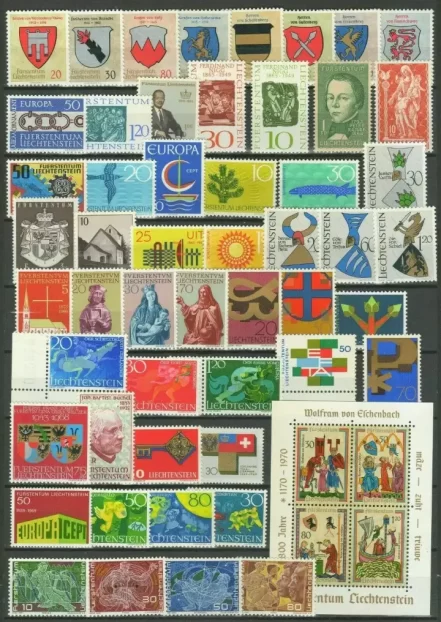
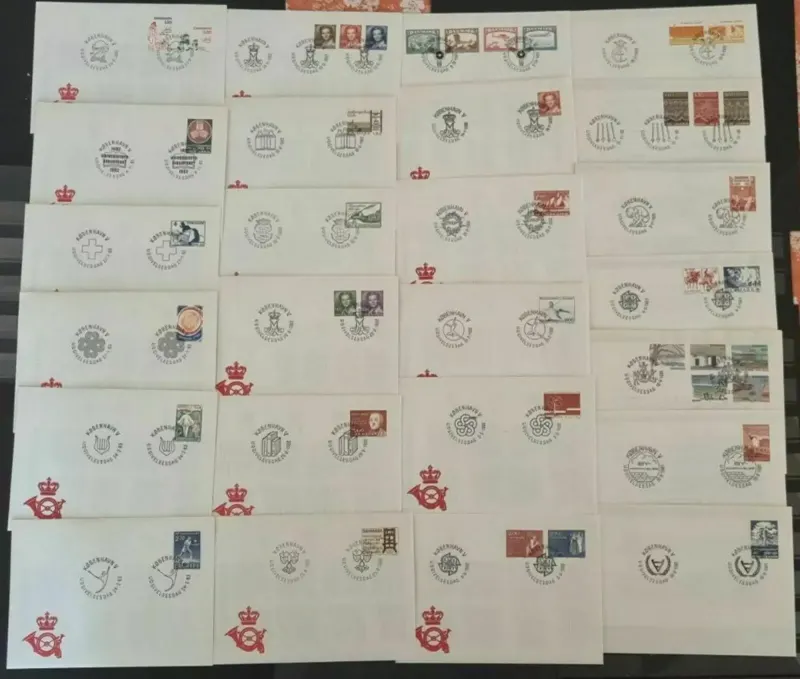
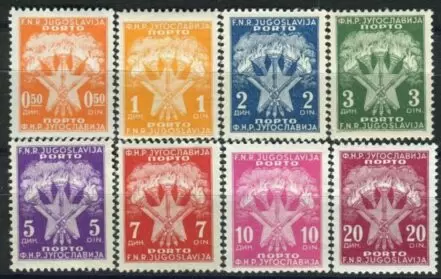
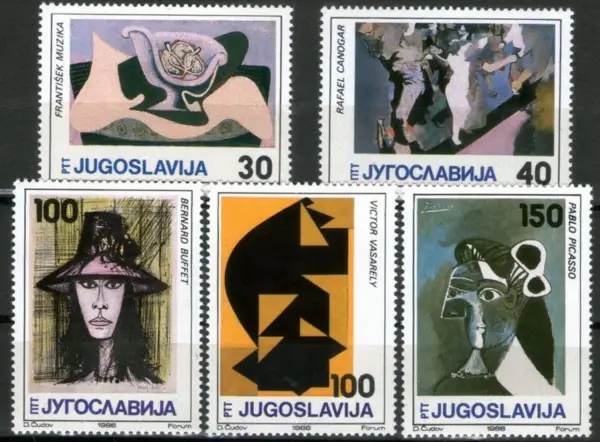

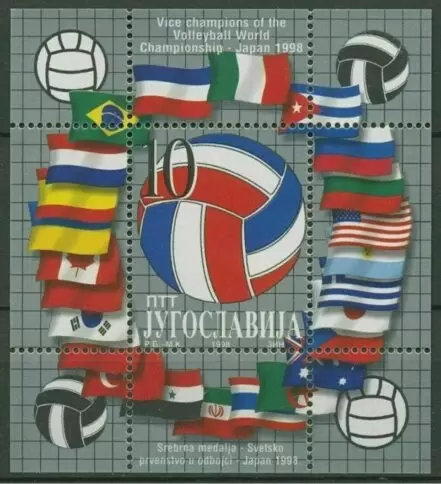
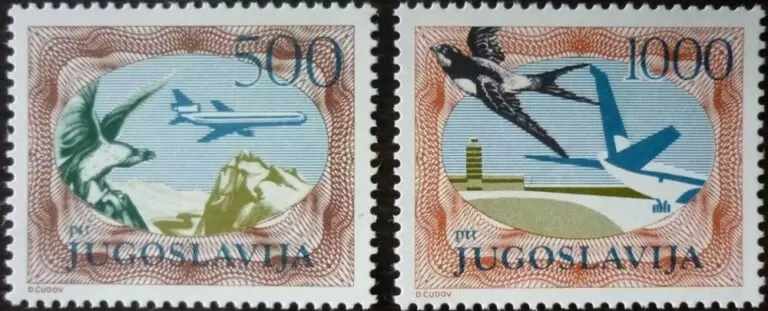

Reviews
There are no reviews yet.